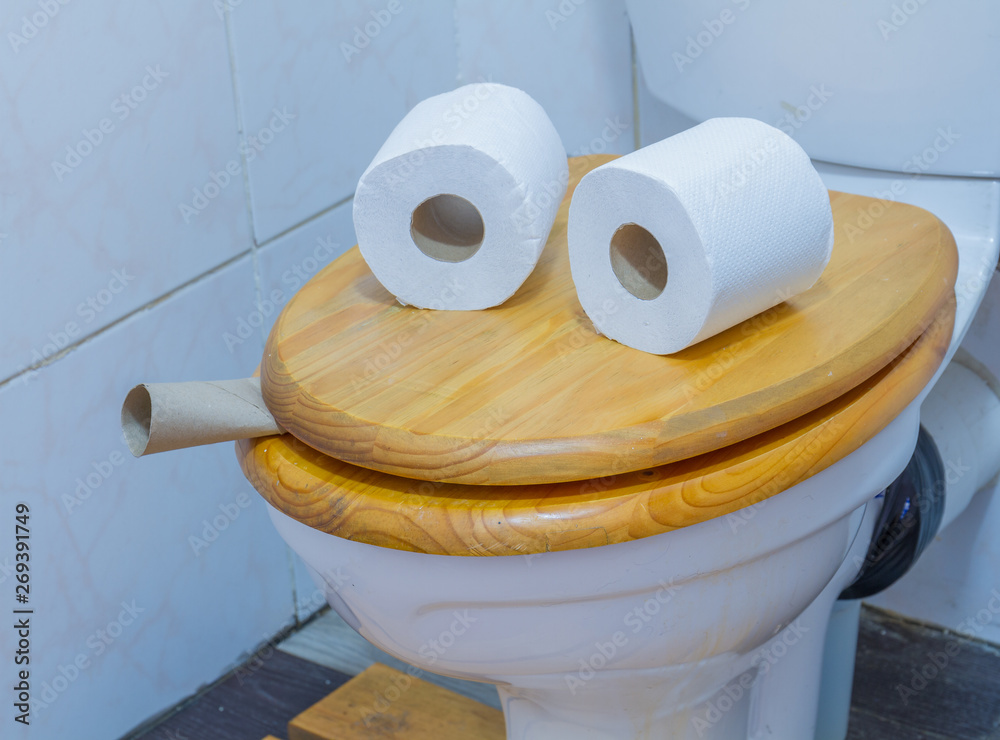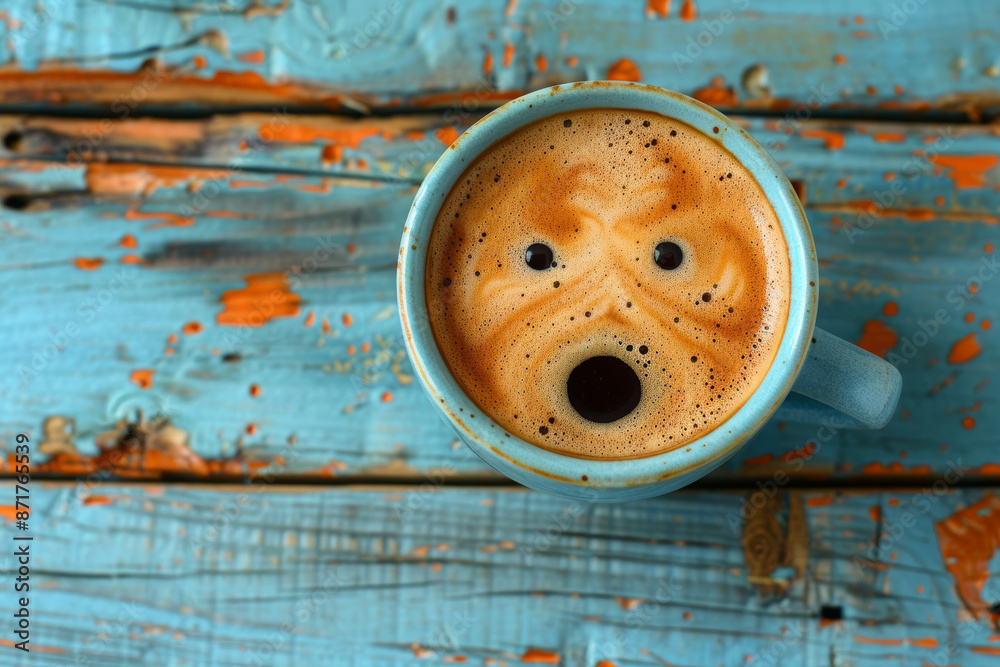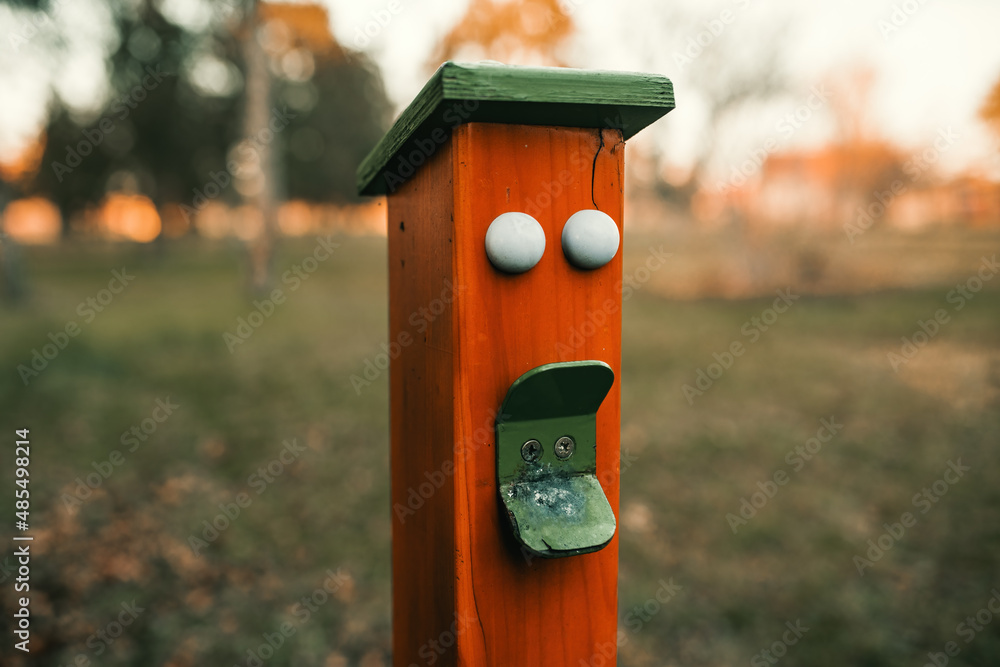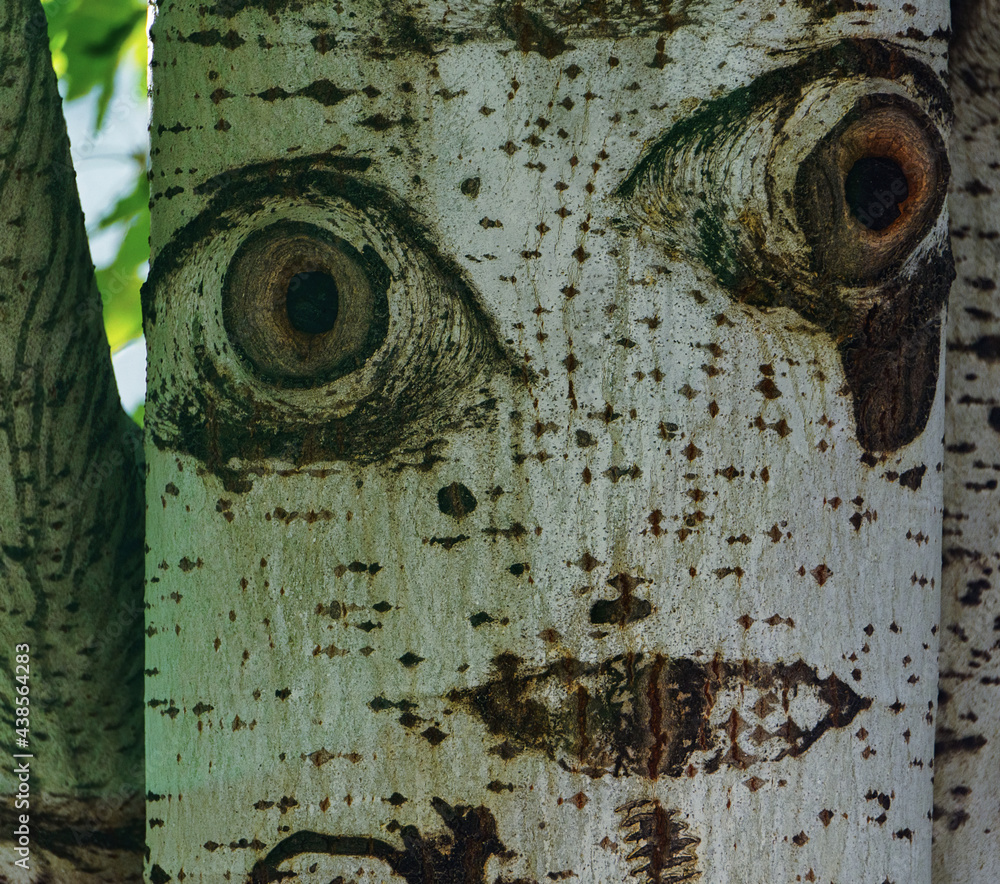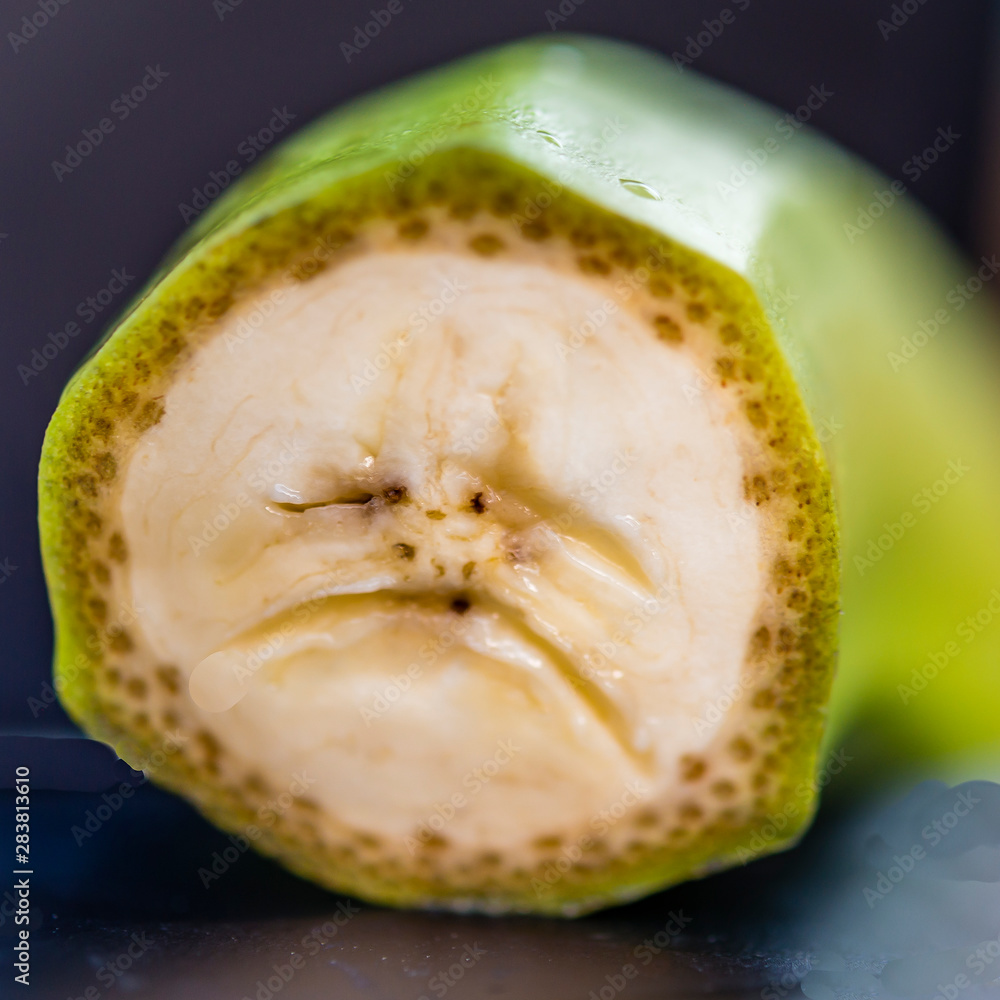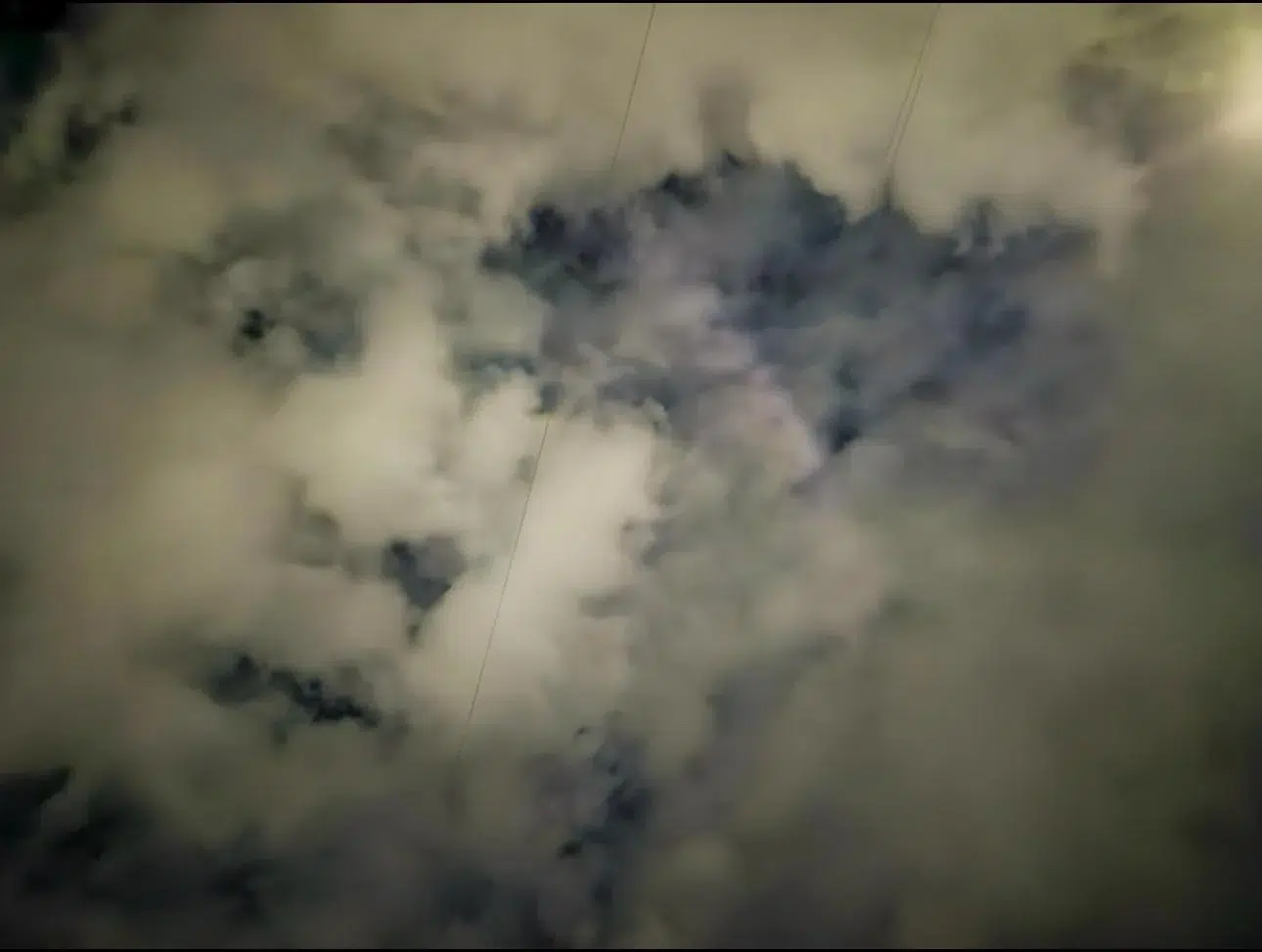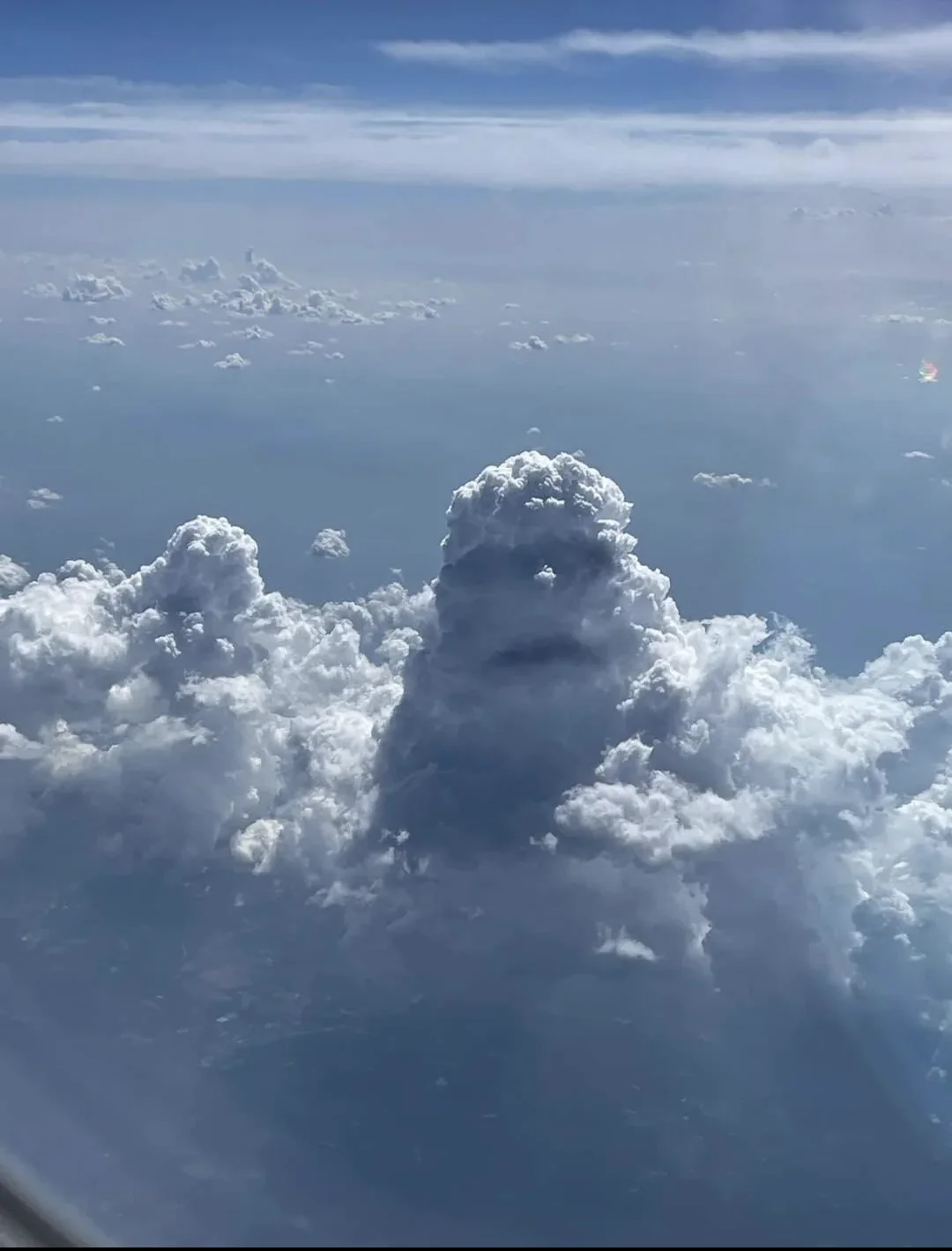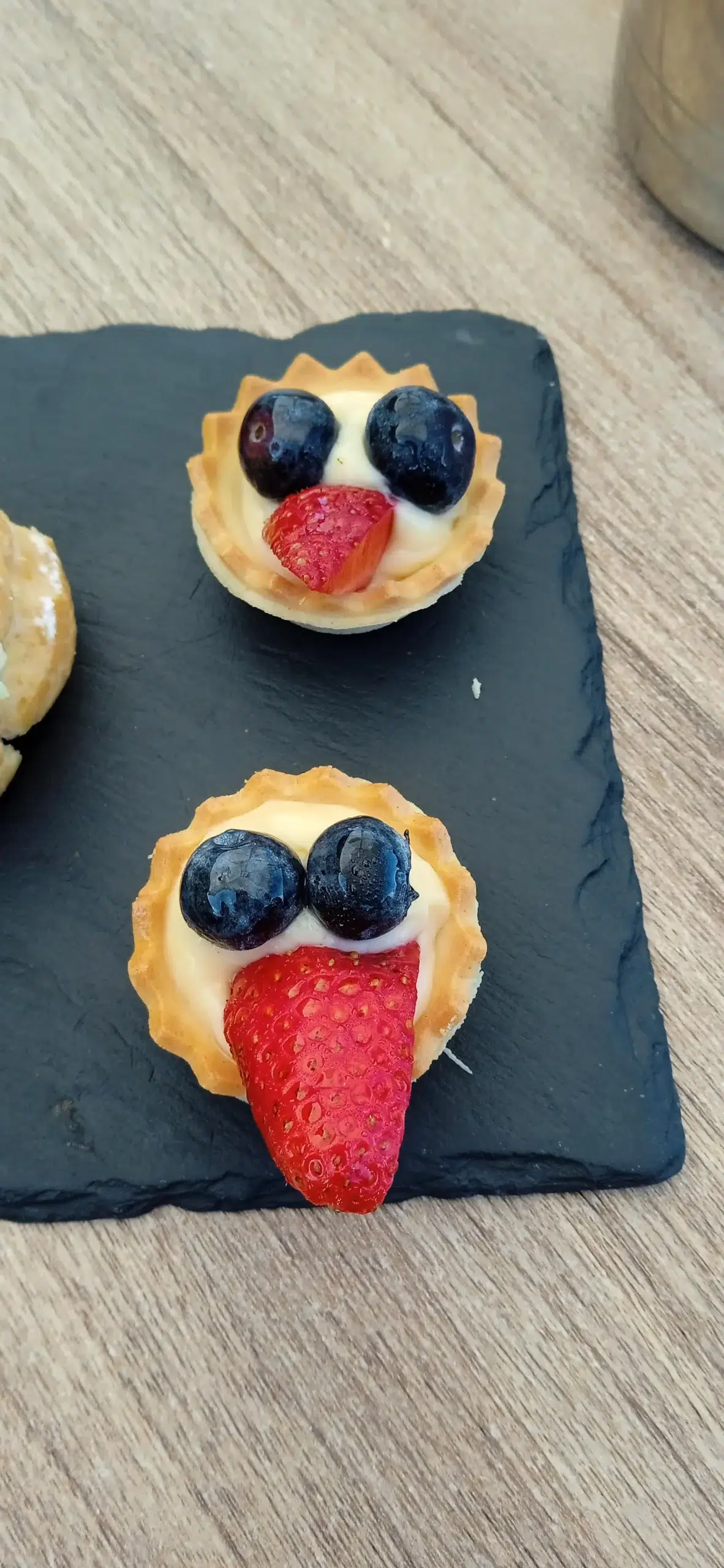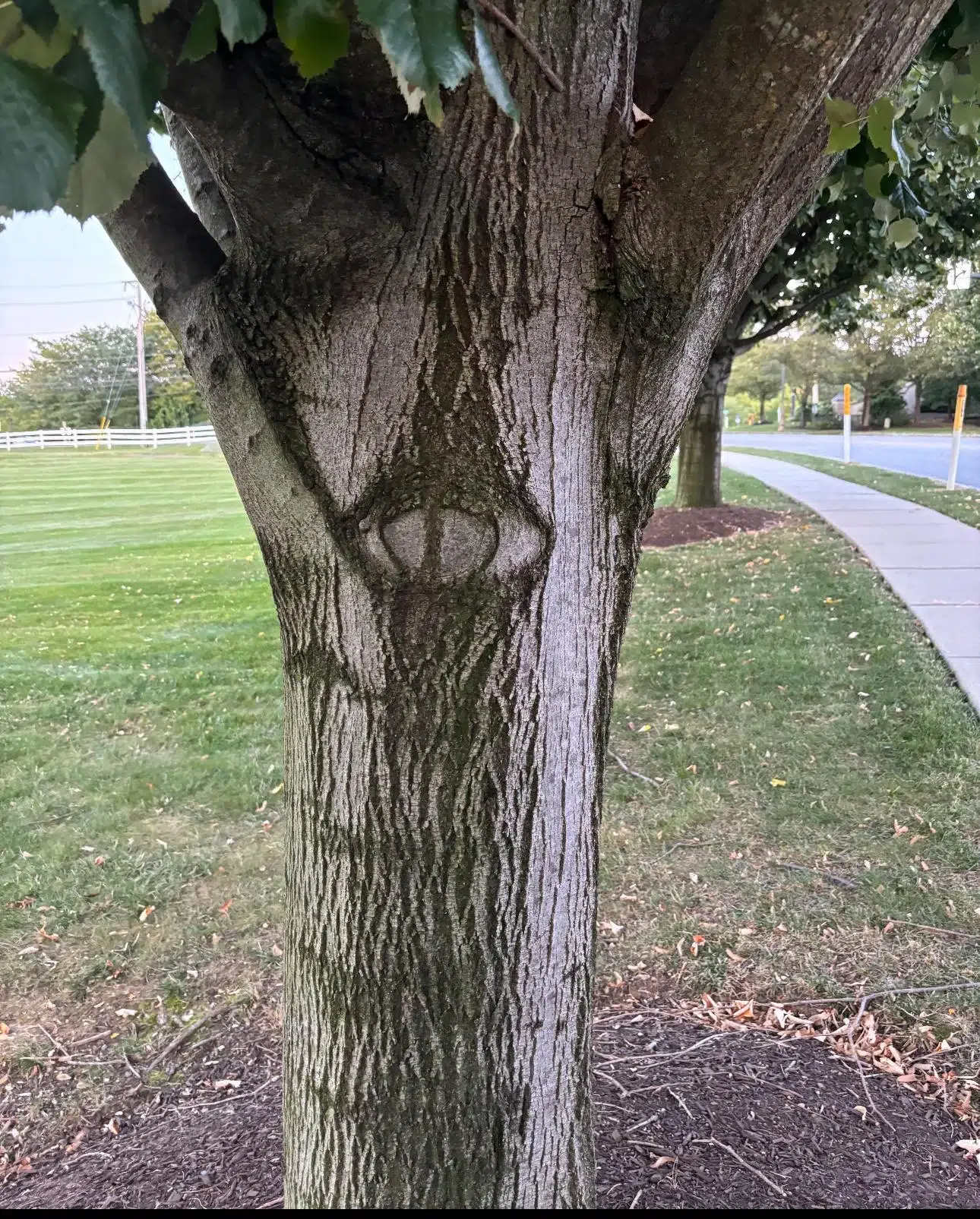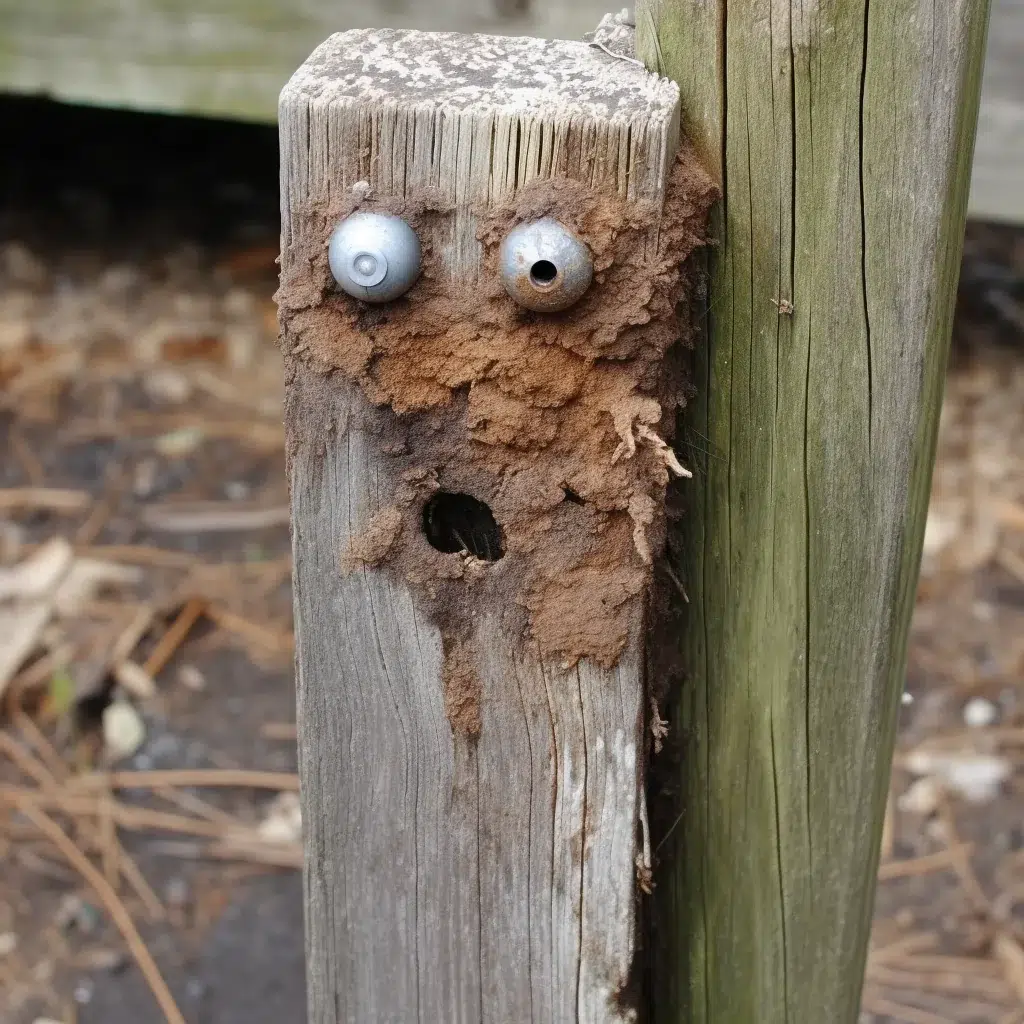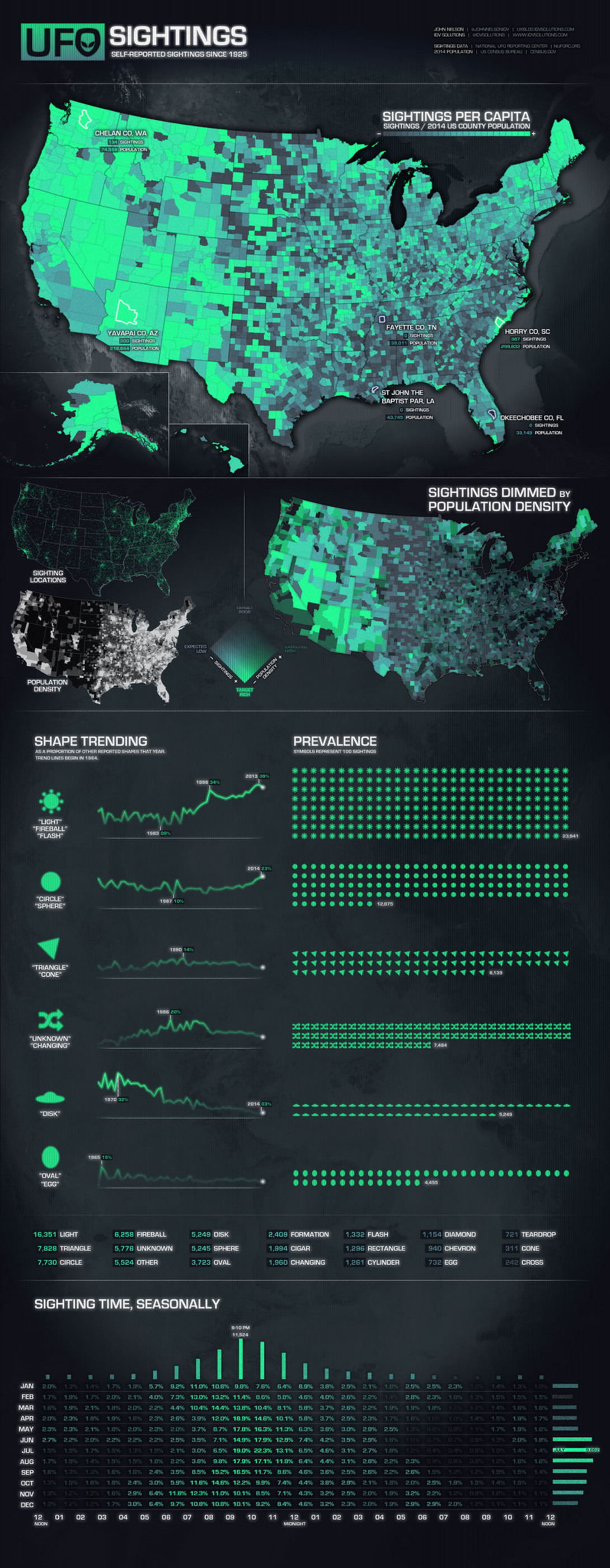Have you ever gazed into the flickering embers of a campfire and suddenly perceived a face staring back at you? Or perhaps you’ve looked up at a cliffside and seen the contours of an animal etched into the rock by shadows and cracks. This experience is not merely a flight of fancy; it’s a manifestation of pareidolia, a specific instance of a broader cognitive phenomenon known as apophenia.
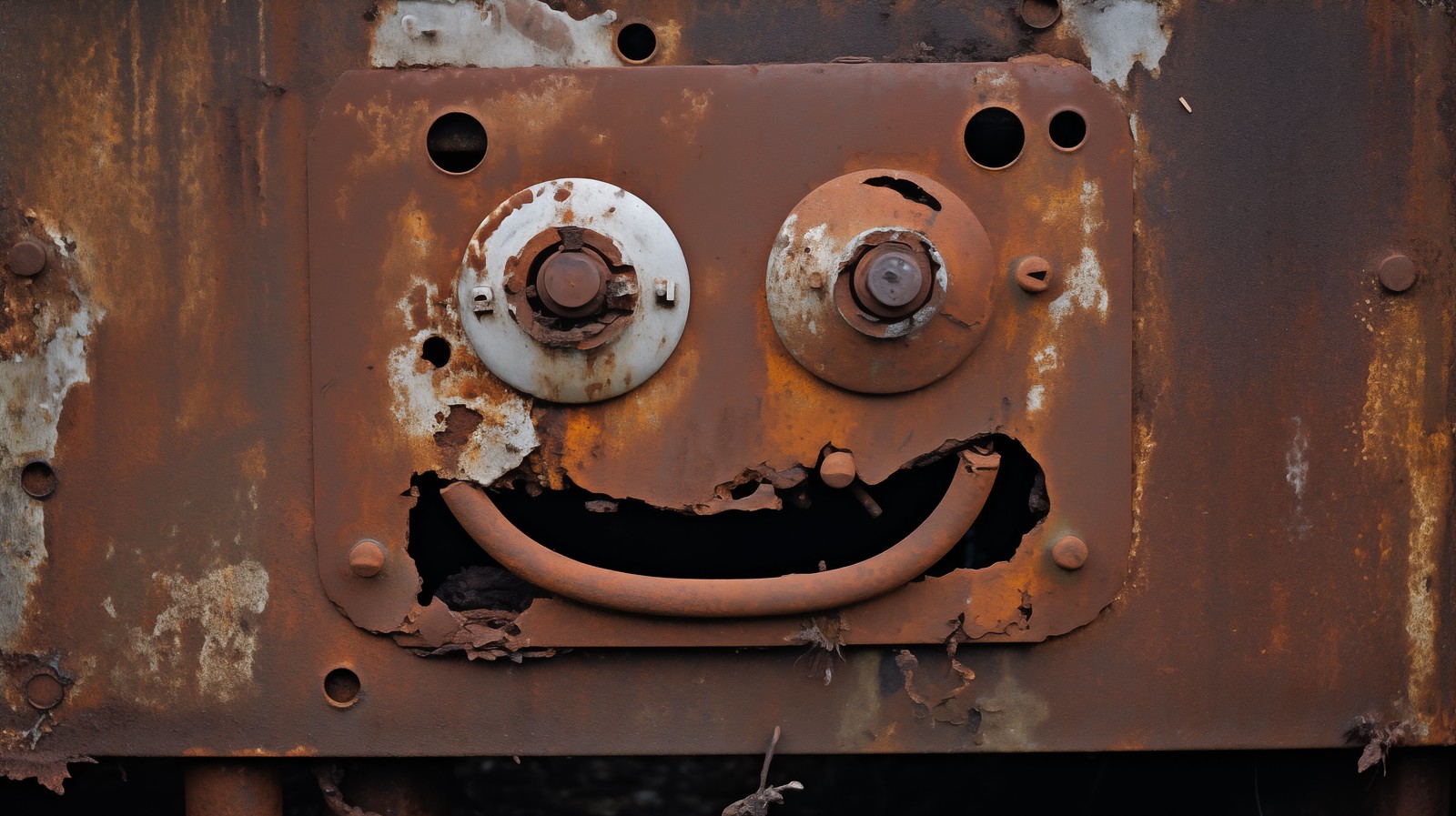
Apophenia is the human tendency to perceive meaningful patterns within random or unrelated data. It’s a fundamental aspect of our cognition, a feature honed by millions of years of evolution. Pareidolia, in particular, is the propensity to see familiar shapes—especially faces—in vague or ambiguous visual stimuli.
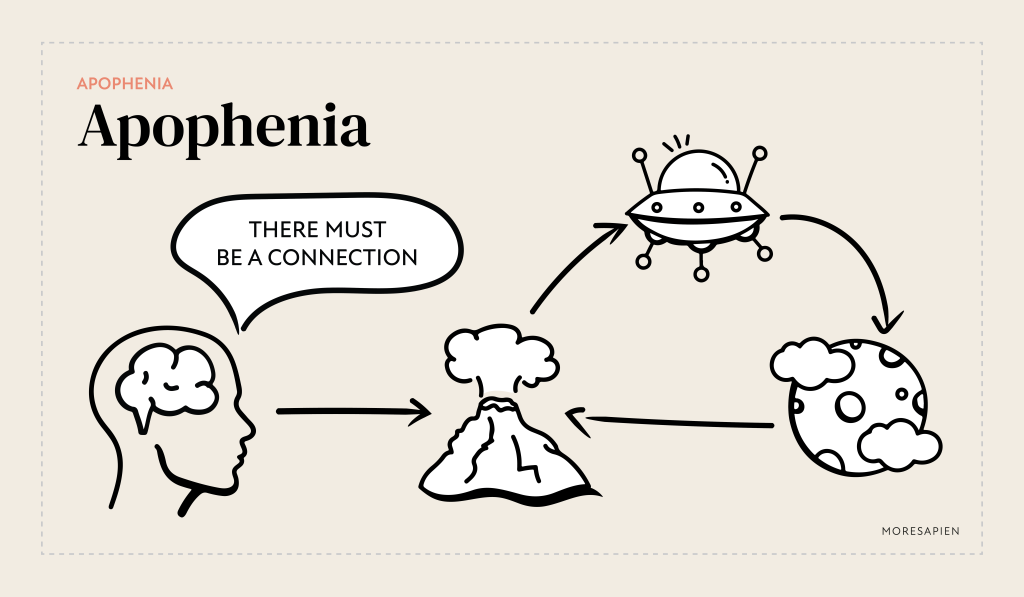
But why does our brain engage in this pattern-seeking behavior, even when it leads us to see things that aren’t there? To unravel this, we need to delve into the evolutionary underpinnings that have shaped our perceptual systems.
The Evolutionary Roots of Pattern Recognition
Our ancestors lived in environments where survival hinged on the ability to make quick decisions based on incomplete information. The world was filled with predators, prey, and countless other dangers and opportunities. In such a context, the cost of a false positive—mistaking a shadow for a predator—was far less severe than a false negative—failing to recognize a lurking threat.
This asymmetry in survival costs led to the development of a cognitive bias toward detecting patterns and agency, even where none existed. It’s a concept known as agent detection. Our brains became wired to assume that rustling in the bushes might be a lion rather than the wind, erring on the side of caution. This inclination increased the chances of survival and, over generations, became ingrained in our neural architecture.

Faces as Crucial Social Cues
The human face is one of the most significant visual stimuli we process. From the moment we’re born, we’re attuned to recognize faces—a skill essential for social interaction, communication, and bonding. Facial expressions convey a wealth of information about intentions, emotions, and identity.
Evolutionarily speaking, recognizing faces quickly and accurately conferred substantial advantages. It enabled our ancestors to identify friend from foe, discern social hierarchies, and coordinate within groups. This imperative led to the development of specialized neural pathways dedicated to facial recognition.
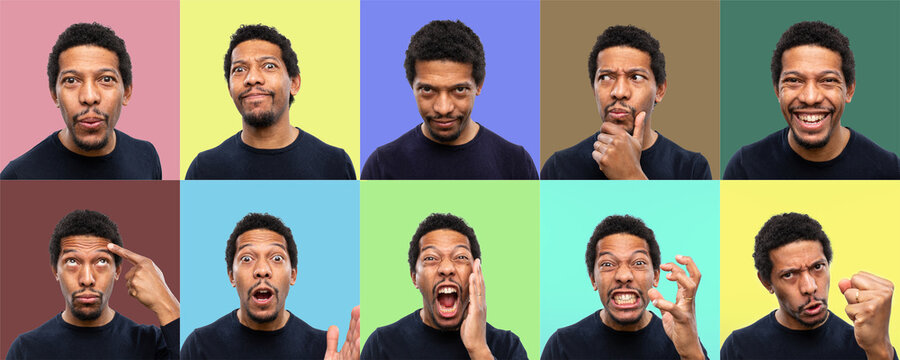
The fusiform face area (FFA) in the brain is particularly involved in this process. Interestingly, studies have shown that the FFA activates not only when viewing actual faces but also when people perceive illusory faces in objects—a clear indication of pareidolia at work.
The Mechanics of Pareidolia
Pareidolia arises from the brain’s predictive processing mechanisms. Our sensory systems constantly interpret input based on past experiences and expectations. When presented with ambiguous stimuli, the brain attempts to match it with known patterns. This top-down processing fills in gaps, sometimes leading us to perceive familiar shapes where none exist.

In the case of visual pareidolia, minimal visual cues—a few lines or shapes—can trigger the recognition of a face or figure. This sensitivity is a testament to the efficiency and adaptability of our perceptual systems, optimized for survival in complex environments.
Auditory Pareidolia and Language Processing
Our pattern-seeking behavior isn’t limited to sight. Auditory pareidolia occurs when we perceive recognizable sounds or voices in random noise. This can manifest as hearing hidden messages in music played backward or interpreting the murmur of wind as whispers.
From an evolutionary perspective, being attuned to sounds—especially those resembling speech or threats—was crucial. Early humans needed to detect predators, locate group members, and interpret communicative signals in noisy environments. The brain’s language centers are adept at finding patterns in auditory input, sometimes leading to false positives but overall enhancing survival.
Cultural and Social Implications
Pareidolia has significantly influenced human culture, art, and religion. Throughout history, people have interpreted natural patterns as signs or messages from higher powers. Faces or figures appearing in clouds, rock formations, or celestial bodies have been imbued with spiritual significance.
These interpretations reinforce group cohesion and shared belief systems, which have their own evolutionary advantages. By rallying around common symbols and narratives, societies strengthen social bonds and collective identities.
Artists have long exploited pareidolia to engage audiences on a deeper level. Techniques like gestalt psychology in art rely on the viewer’s propensity to perceive whole forms from minimal cues. This interplay between perception and interpretation enriches the human experience.
Neuroscientific Insights
Advancements in neuroscience have shed light on the mechanisms underlying pareidolia. Functional imaging studies reveal that the same brain regions activate when people perceive real faces and when they experience pareidolia. This suggests that the phenomenon isn’t a mere trick of the eye but a fundamental aspect of neural processing.
Understanding pareidolia also has implications for mental health. In some cases, heightened pattern recognition can be associated with conditions like schizophrenia, where individuals may perceive connections and meanings that others do not. Studying pareidolia helps us comprehend the spectrum of human cognition.
Artificial Intelligence and Pareidolia
The concept of pareidolia extends intriguingly into the realm of artificial intelligence. Machine learning algorithms designed for pattern recognition can exhibit similar tendencies. They may detect patterns in data where none exist, leading to errors or unintended interpretations.
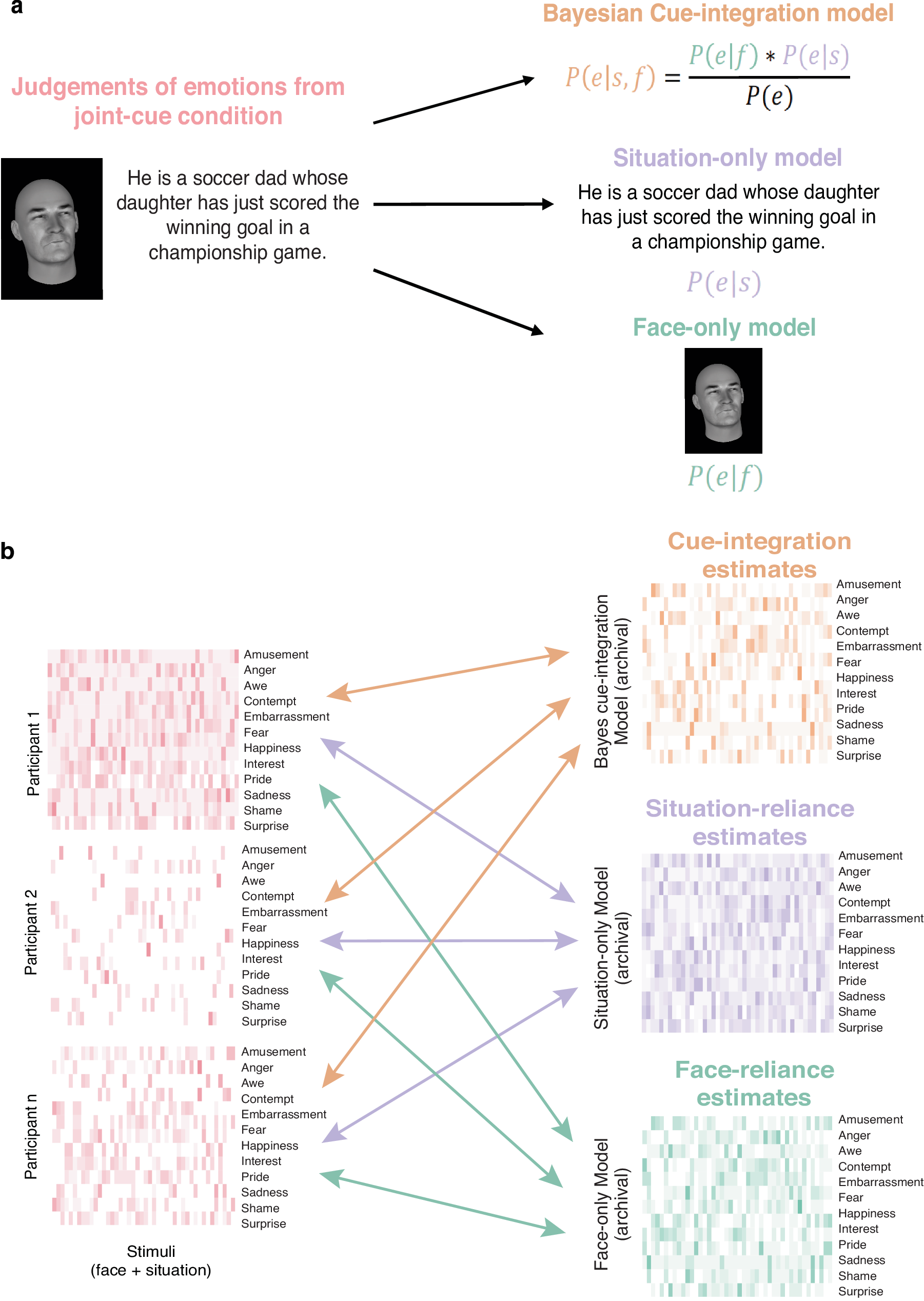
By examining these parallels, we gain insights into both human cognition and the development of more robust AI systems. It highlights the importance of balancing sensitivity to patterns with mechanisms to discern noise from meaningful data.
The Balance of Survival and Perception
Pareidolia is an example of the delicate balance our evolutionary design strikes between speed and accuracy. Imagine our ancestors facing the question: ‘Is that a tiger hiding in the bush?’ Evolution has favored a mind that errs on the side of ‘yes’—that’s a tiger—because in terms of survival, a false positive is far less costly than a false negative. If it turns out not to be a tiger, all that’s lost is a moment of tension or a hasty retreat. But if it is a tiger, and we don’t respond, that might be the end of the line for us.
This inclination to see patterns, even where none exist, is deeply rooted in the structure of our cognition. It’s a trade-off: our brains have evolved to value speed in uncertain situations, a survival mechanism that has served our species well. Yet, this very mechanism gives rise to cognitive biases, nudging us to see faces in clouds, ghosts in shadows, or conspiracy where randomness might suffice.
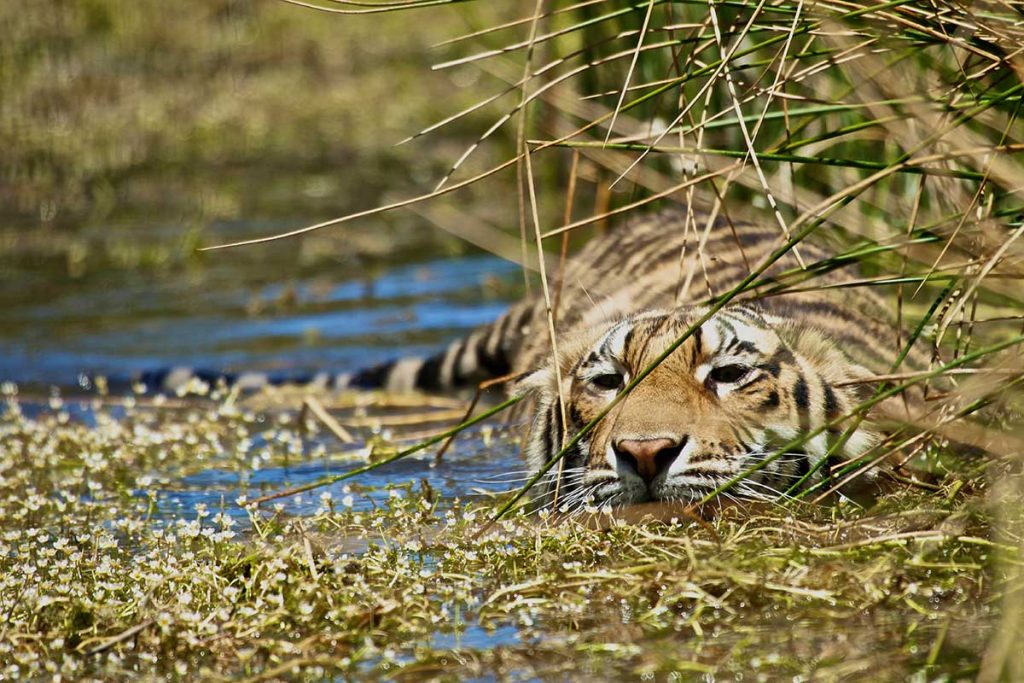
Recognizing pareidolia for what it is allows us to see the sophistication of this design while also remaining vigilant about its limitations. Our perceptions are, in the end, crafted experiences—shaped not only by raw sensory data but by the needs of survival encoded in our biology and the biases cultivated by our surroundings. To be human is to navigate this rich but imperfect sensory world, always questioning whether what we perceive is truly there or a byproduct of the evolutionary need to see what’s not.
Embracing Our Cognitive Heritage
In embracing pareidolia and apophenia as intrinsic parts of the human experience, we acknowledge the legacy of evolutionary pressures that have shaped us. These phenomena are not flaws but features—integral to our ability to navigate a complex and often ambiguous world.
They enrich our lives with wonder and creativity, allowing us to find meaning and beauty in the mundane. At the same time, they challenge us to remain vigilant, to question our assumptions, and to strive for a deeper understanding of the reality that surrounds us.
Our journey as a species is marked by this delicate dance between perception and reality, intuition and analysis. By exploring the roots and implications of pareidolia, we gain not only knowledge but also a profound appreciation for the intricate tapestry of evolution that has crafted the human mind.
